Accepted Scientific Name: Mammillaria sanchez-mejoradae Rodr.González
Cact. Suc. Mex. 37(3): 55 (1992)
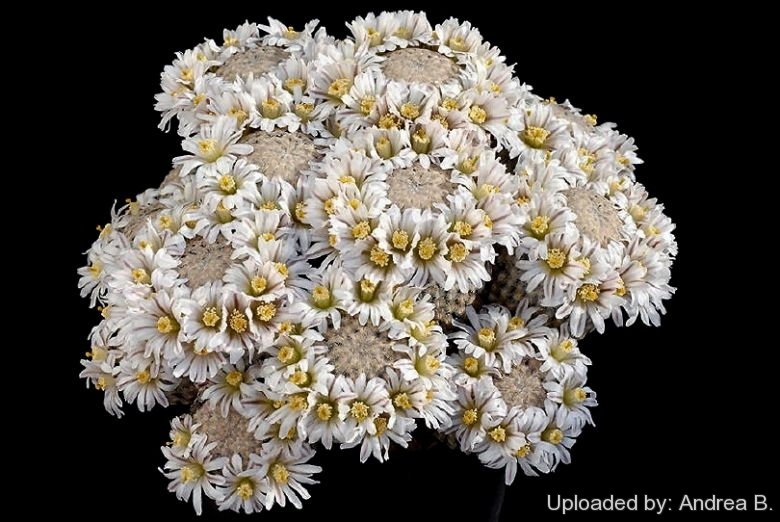
Mammillaria sanchez-mejoradae
A tiny white-spined beauty . It remains small, max 2-4 cm, diameter 3 cm or less when fully grown (but can grow more and cluster in cultivation)
Origin and Habitat: It is a Critically Endangered cactus endemic to a single small area of occupancy less than one square kilometre (Rancho El Vergel - Municipio de Galeana) in Nuevo Leon Mexico. The entire range of the species is on a private land behind an electric fence, but access is available for a small fee. As the location is well-known to both commercial and amateur collectors, the species is experiencing continuing declines as a result of illegal collecting. The population is estimated to be less than 500 individuals. But it is supposed that there is more than one population and it could be quite variable.
Altitude: 1900-2000 metres above sea level.
Synonyms:
See all synonyms of Mammillaria sanchez-mejoradae
Description: Mammillaria sanchez-mejoradaeSN|10779]]SN|10779]] is a very slow growing miniature cactus with tiny feathery combed spines.
Habit: Usually solitary, (or clumps forming over time)
Stem: Flattened-globose or globose, bright green to 3 cm high, 1-3 cm in diameter.
Tubercles: Conical, without latex, axils naked.
Central spines: None.
Radial soines: 30 to 40 hairlike (or plumose) pectinate, rigid, white, flattened against the tubercles, 1,5-2 mm long (rarely up to 3 mm) long.
Flowers: Campanulate,up to 16 mm long and 20 mm in across variable from white to pink-rose.
Fruits: Club shaped to globose, completely embedded in the plant (cryptocarpic), red, 3-8 mm in diameter.
Seeds: Black.
Subspecies, varieties, forms and cultivars of plants belonging to the Mammillaria sanchez-mejoradae group
Bibliography: Major references and further lectures
1) Pilbeam J., “The Cactus file, Mammillaria” 6: 120, Cirio Pub. Services, 01/Dec/1999
2) James Cullen, Sabina G. Knees, H. Suzanne Cubey "The European Garden Flora Flowering Plants: A Manual for the Identification of Plants Cultivated in Europe, Both Out-of-Doors and Under Glass" Cambridge University Press, 11/Aug/2011
3) David R Hunt; Nigel P Taylor; Graham Charles; International Cactaceae Systematics Group. "The New Cactus Lexicon" dh books, 2006
4) Edward Anderson “The Cactus family” Timber Press, Incorporated, 2001
5) Fitz Maurice, W.A. & Fitz Maurice, B 2013. Mammillaria sanchez-mejoradae In: IUCN 2013. "IUCN Red List of Threatened Species." Version 2013.1. <www.iucnredlist.org>. Downloaded on 22 July 2013
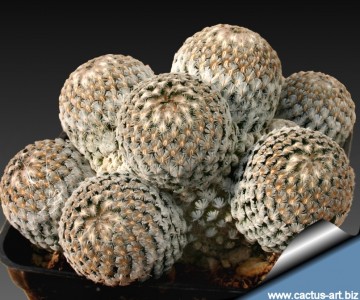 Escobariopsis sanchez-mejoradae (Mammillaria sanchez-mejoradae) Photo by: Cactus Art
Escobariopsis sanchez-mejoradae (Mammillaria sanchez-mejoradae) Photo by: Cactus Art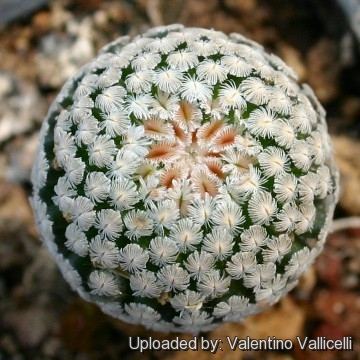 Escobariopsis sanchez-mejoradae (Mammillaria sanchez-mejoradae) Photo by: Valentino Vallicelli
Escobariopsis sanchez-mejoradae (Mammillaria sanchez-mejoradae) Photo by: Valentino Vallicelli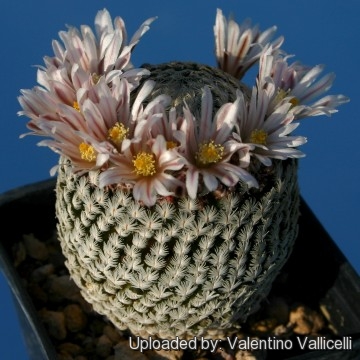 Escobariopsis sanchez-mejoradae (Mammillaria sanchez-mejoradae) Photo by: Valentino Vallicelli
Escobariopsis sanchez-mejoradae (Mammillaria sanchez-mejoradae) Photo by: Valentino Vallicelli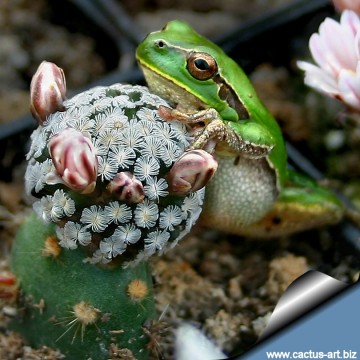 Escobariopsis sanchez-mejoradae (Mammillaria sanchez-mejoradae) Photo by: Cactus Art
Escobariopsis sanchez-mejoradae (Mammillaria sanchez-mejoradae) Photo by: Cactus Art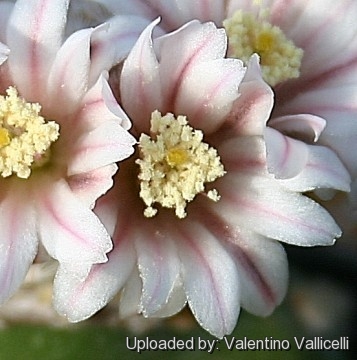 Escobariopsis sanchez-mejoradae (Mammillaria sanchez-mejoradae) Photo by: Valentino Vallicelli
Escobariopsis sanchez-mejoradae (Mammillaria sanchez-mejoradae) Photo by: Valentino Vallicelli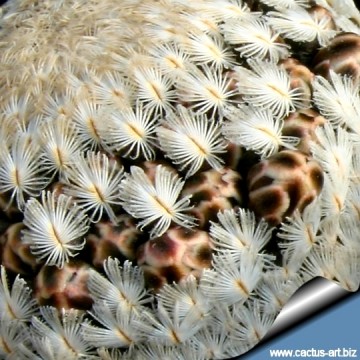 Escobariopsis sanchez-mejoradae (Mammillaria sanchez-mejoradae) Photo by: Cactus Art
Escobariopsis sanchez-mejoradae (Mammillaria sanchez-mejoradae) Photo by: Cactus Art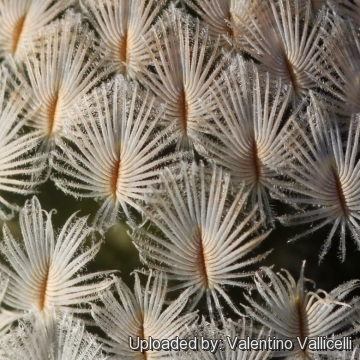 Escobariopsis sanchez-mejoradae (Mammillaria sanchez-mejoradae) Photo by: Valentino Vallicelli
Escobariopsis sanchez-mejoradae (Mammillaria sanchez-mejoradae) Photo by: Valentino VallicelliSend a photo of this plant.The gallery now contains thousands of pictures, however it is possible to do even more. We are, of course, seeking photos of species not yet shown in the gallery but not only that, we are also looking for better pictures than those already present.
Read More... Cultivation and Propagation: Mammillaria sanchez-mejoradaeSN|10779]]SN|10779]] has not the fame to be easy to cultivate, but in good conditions with very careful application of water and excellent ventilation, it grows without difficulty. Be careful to encourage slow growth, but if you succeed in growing a colony of stems, then the results will repay all the growing efforts.
Growing rate: It is a slow growing species that will make clumps given the best conditions, but rewards the patient grower with a beautiful displays of flowers since from an early age.
Soil: Requires excellent drainage provided by a very permeable open cactus soil (With not less than 50% grit content). Avoid the use of peat or other humus sources in the potting mixture.
Repotting: Repot every 2-3 years. A small pot with fast draining soil will be required, and the plant should be planted high, with gravel top dressing partially supporting it above the potting mix.
Feeding: During the beautiful season enrich the soil using a fertilizer rich in potassium and phosphorous, but poor in nitrogen, because this chemical element doesn’t help the development of succulent plants, making them too soft and full of water.
Watering: Water should be carefully applied and only when the soil is dry to the touch, as this cliff-dwelling species is very prone to root rot. Allow soil to drain thoroughly before watering again. Additionally, water should not be applied from above, as the feathery spines will retain water and add to rotting problems, but in good conditions with excellent ventilation, in bright light, it usually grows without particular difficulty. Do not water in the winter.
Light: Outside full sun or afternoon shade, inside it needs bright light, and some direct sun. Direct sun encourages flowering and heavy spine production.
Hardiness: Protect from frost. But it's hardy to -5°C if kept dry. A winter rest that allows the plant to shrivel (perhaps losing up to 25% of its summer height) will encourage flowering and long time survival.
Pests & diseases: It may be attractive to a variety of insects, but plants in good condition should be nearly pest-free, particularly if they are grown in a mineral potting-mix, with good exposure and ventilation. Nonetheless, there are several pests to watch for:
- Red spiders: Red spiders may be effectively rubbed up by misting the vulnerable plants every day
- Mealy bugs: occasionally they develop aerial into the new growth among the wool with disfiguring results, but the worst types develop underground on the roots and are invisible except by their effects.
- Scales: Scales are rarely a problem.
- Rot: it is only a minor problem with cacti if the plants are watered and “aired” correctly. If they are not, fungicides won't help all that much.
Propagation: Direct sow after last frost or (rarely) cuttings. Seeds germinate in 7-14 days at 21-27° C in spring, remove gradually the glass cover as soon the plants will be well rooted (ca 1-2 weeks) and keep ventilated, no full sun for young plants!
Your Photos

by Andrea B.
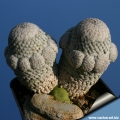
by Cactus Art
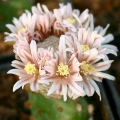
by Valentino Vallicelli
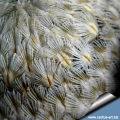
by Cactus Art
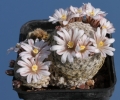
by Valentino Vallicelli
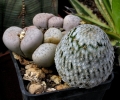
by Valentino Vallicelli























